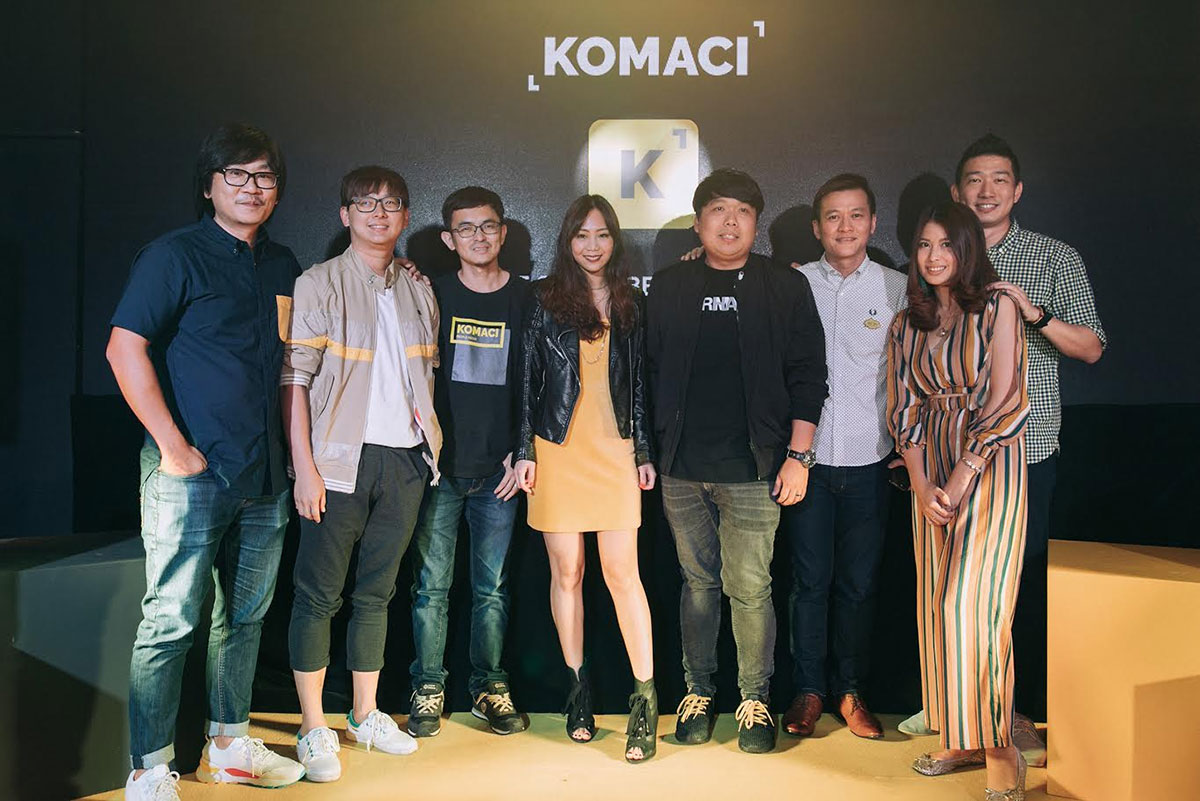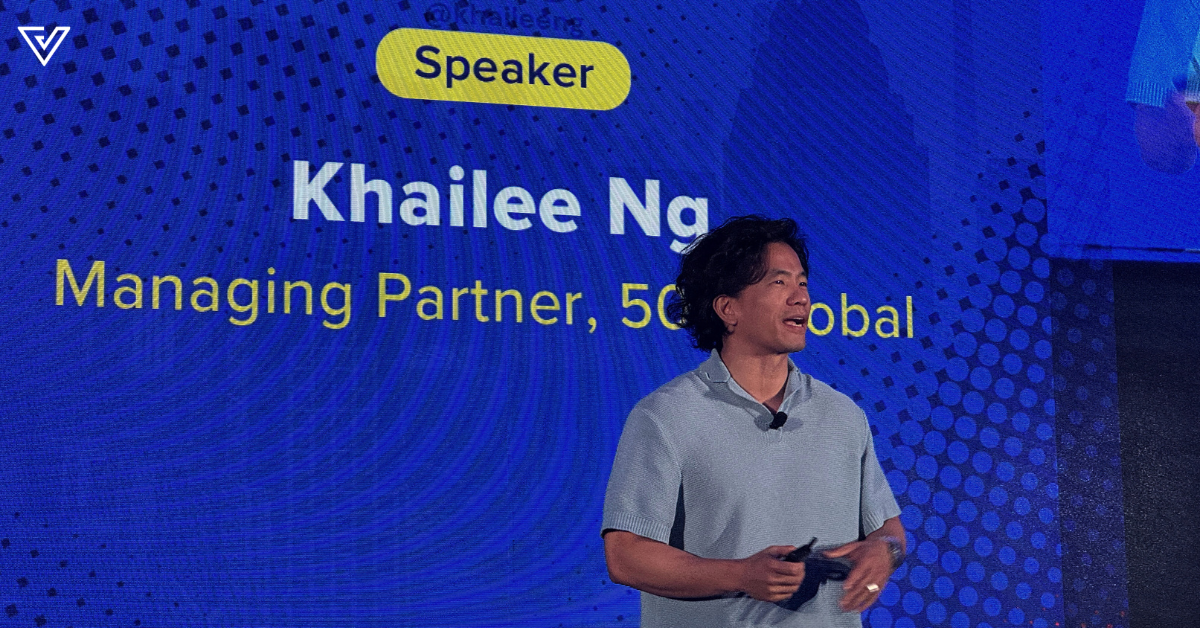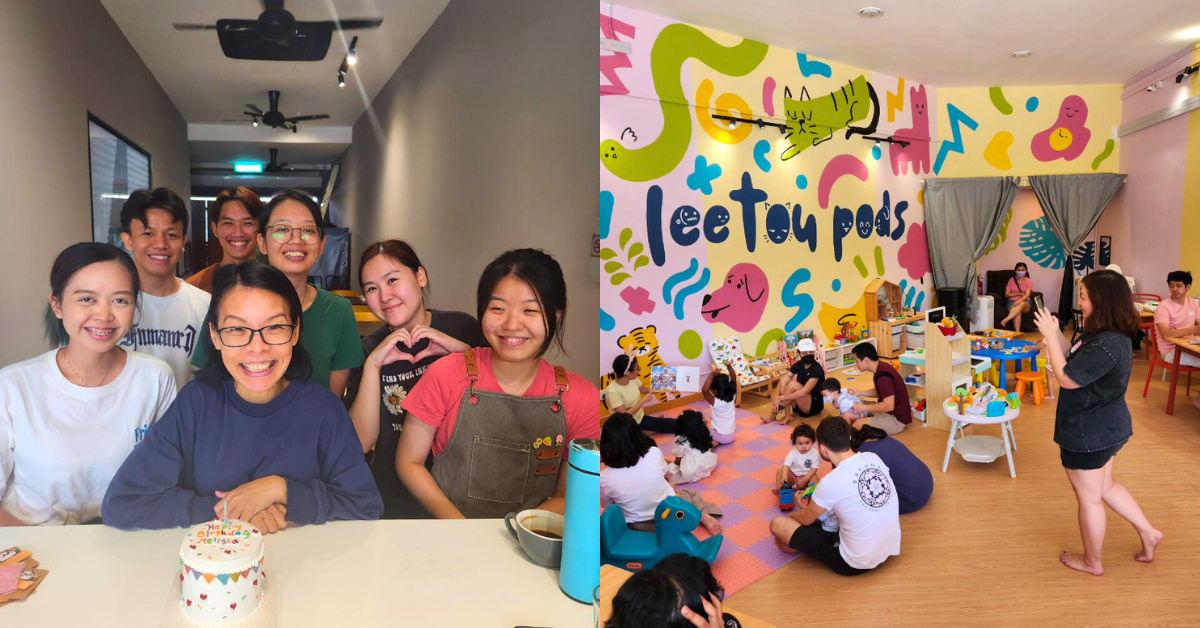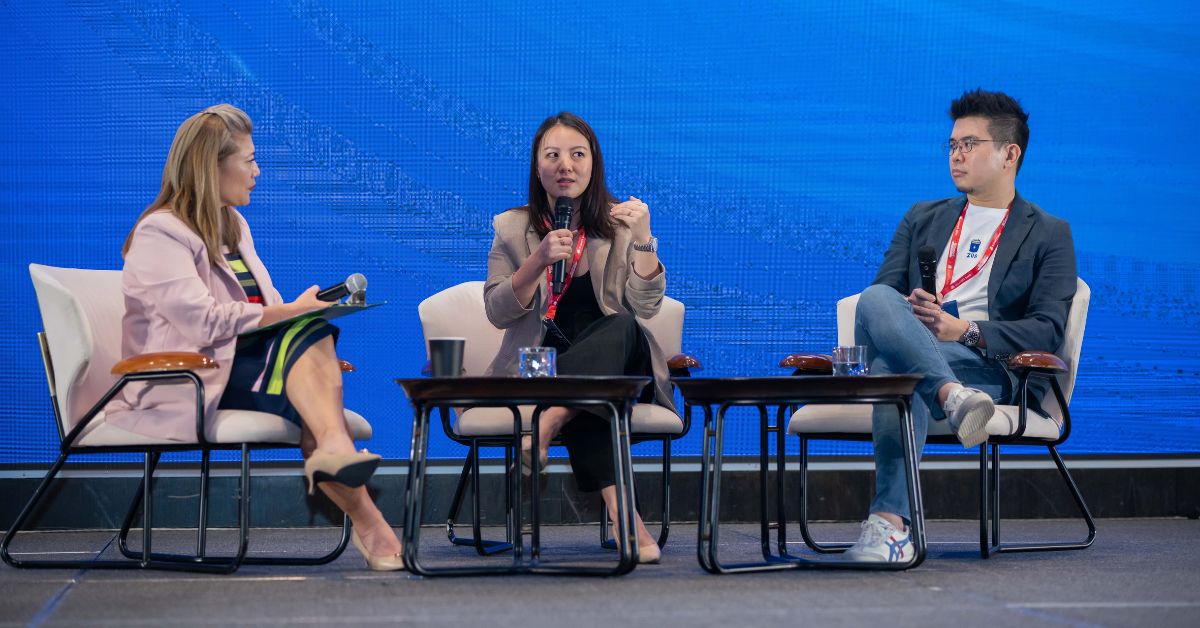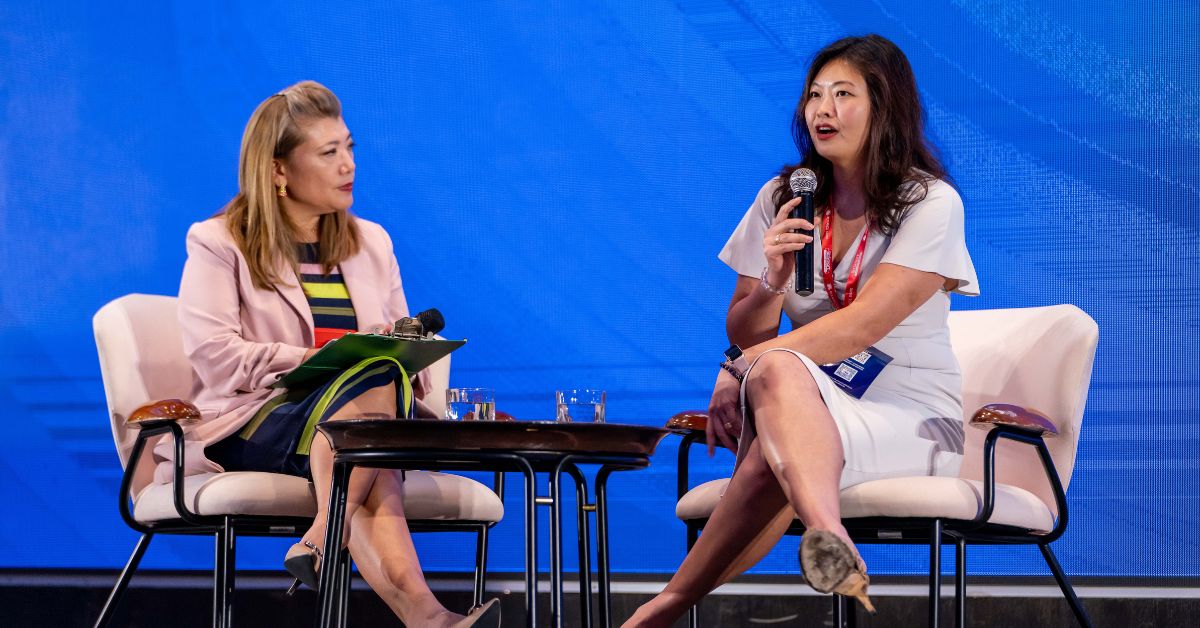- KOMACI is a social media marketing platform created by Ace Media Network to tap into the micro-influencer community in Malaysia and the Southeast Asia region.
- The new platform links up micro-influencers and brands in a timely fashion and is able to facilitate the completion of marketing campaigns from start to finish within a matter of days.
In a report by USA-based influencer marketing company Markerly, it was recorded that influencers with larger followings possessed lower engagement rates than those with smaller followings. This made it clear that just having a lot of followers isn’t the only factor when using influencers to sell a product.
Local influencer marketing firm Ace Media Network pounced on this observation by launching a new platform called KOMACI in mid-October.
Seeing fresh opportunity, KOMACI primarily targets the micro-influencer community—the individuals on social media that as mentioned previously mentioned have smaller followings compared to mega-influencers with tens or hundreds of thousands of followers.
However, KOMACI has their own spin on “micro-influencers”, which they define as:
- People with at least a thousand followers on their social media channels
- Who produce niche content such as flower arrangements, motor sports, technology, or fashion tips. This in particular means that they also work with people on board who aren’t “micro-influencers” in the traditional sense (i.e. less followers), but have highly targeted content that would be relevant to specific niches of interests.
While KOMACI aren’t the first platform in Malaysia to target the micro-influencer category, it’s worth noting that there are a lot more micro-influencers than “mega” influencers. This offers up a large market full of yet untapped potential that KOMACI hopes to become leaders in.
The Smaller, The Bigger
The KOMACI platform essentially aims to capitalise on the heavy use of smart devices and mobile applications, delivering easily-consumed branded content to cater to the fast-paced consumption trends of the day.
“Brands now have to deliver creative content in bite-size, easy-to-digest formats that are visually engaging and tailor-made to cut through the clutter,” said Ben Wong, CEO of KOMACI.
“Our focus on micro-content resonates in a market space where brands are becoming increasingly fragmented, diverse, and specialised, and all this requires more content customisation.”
Going into the technical aspects of the platform, KOMACI uses a management system that’s hardwired to a proprietary data-analytics hub that allows for speedier campaigns. Here, brands and micro-influencers can get connected in just minutes, and the close monitoring afforded to brands over things like audience reach and influencer performance and effectiveness.
Explaining the speed at which KOMACI can deliver a campaign, Ben revealed the expected duration to be about five working days from beginning to end. To date, they’ve managed to deliver a highly successful campaign for AirAsia that took them less than that to deploy.
“In a pilot project for AirAsia’s Buy Now, Fly Now campaign, we were able to gear up within three days of receiving the client brief to deliver a solution featuring 30 influencers—a fast turnaround campaign that generated over 1.7 million exposures with an above-average engagement rate of 1.39 percent.”
On the side of the influencer, KOMACI also allows them access to a larger pool of brands to work with, and provides them with tools to track their sponsorship assignments, look back on their previous campaigns, and collect prompt payments once their posts on social media are approved.
Agile Influence
As mentioned earlier, one of the major upsides of having fewer followers is the healthier engagement levels that come with a leaner follower base. This article on Forbes goes into detail just how working with micro-influencers can provide better return-on-investments on your marketing spend.
This benefit is made even more apparent when you do a simple comparison: would you prefer to go with an influencer with 100,000 followers for a good but sub-optimal engagement level, or would you prefer to go with 100 micro-influencers with 1,000 followers each and get a better rate of engagement? And who knows, the cost might even be lower.
And beyond the engagement levels, there is also the obvious benefit of micro-influencers having the agility to deploy their content much faster than those with significantly more followers.
These bigger accounts are typically linked with more brands and have heavier posting schedules, making it difficult for brands to do speedy marketing campaigns with them.
On the flipside, we’ve already noted how a campaign can be done within the span of three days, an indicator of the strength of having less on an influencer’s plate.
All of this isn’t exactly saying that having massive follower counts are a bad thing. It’s more an observation of just how having less followers can work to the advantage of a brand. Looking at the KOMACI platform as a whole, it appears as if Ace Media Network have properly positioned themselves to take advantage of these perks that come with their influencers having fewer followers on social media.
Condensing these plus points into a single sentiment, COO Kelvin Gan said,”Forget ‘go big or go home’. With content marketing, it’s likely more sensible and more sustainable in the long run to go micro.”
Giant Plans For The Small Players
Though just launched, Ace Media Network have already detailed an US$50 million expansion plan for the platform, with the main objective being to spread their reach to around the Southeast Asia region.
“In the coming years, KOMACI will evolve into a self-serving platform connecting brands to micro-content creators from around Southeast Asia,” Ben said. “Apart from micro-influencers, this platform will expand to include publishers, micro-content creators, community groups, and even pages.”
As of right now, KOMACI have already planted themselves externally in Thailand, Singapore, Vietnam, and Cambodia, and this will all be topped off with a strategy that will focus on creating localised content for each market they’re in.
“We’re looking at investing into local talents that can grow together with us, because we see localisation as important as we embark into micro-content—relevancy is always the key.”
- You can find out more about KOMACI here.
Editor’s Note: We previously reported the figure KOMACI will be spending in Ringgit, not in US$. We have also edited the piece and title to better reflect what KOMACI does.
Feature Image Credit: KOMACI

